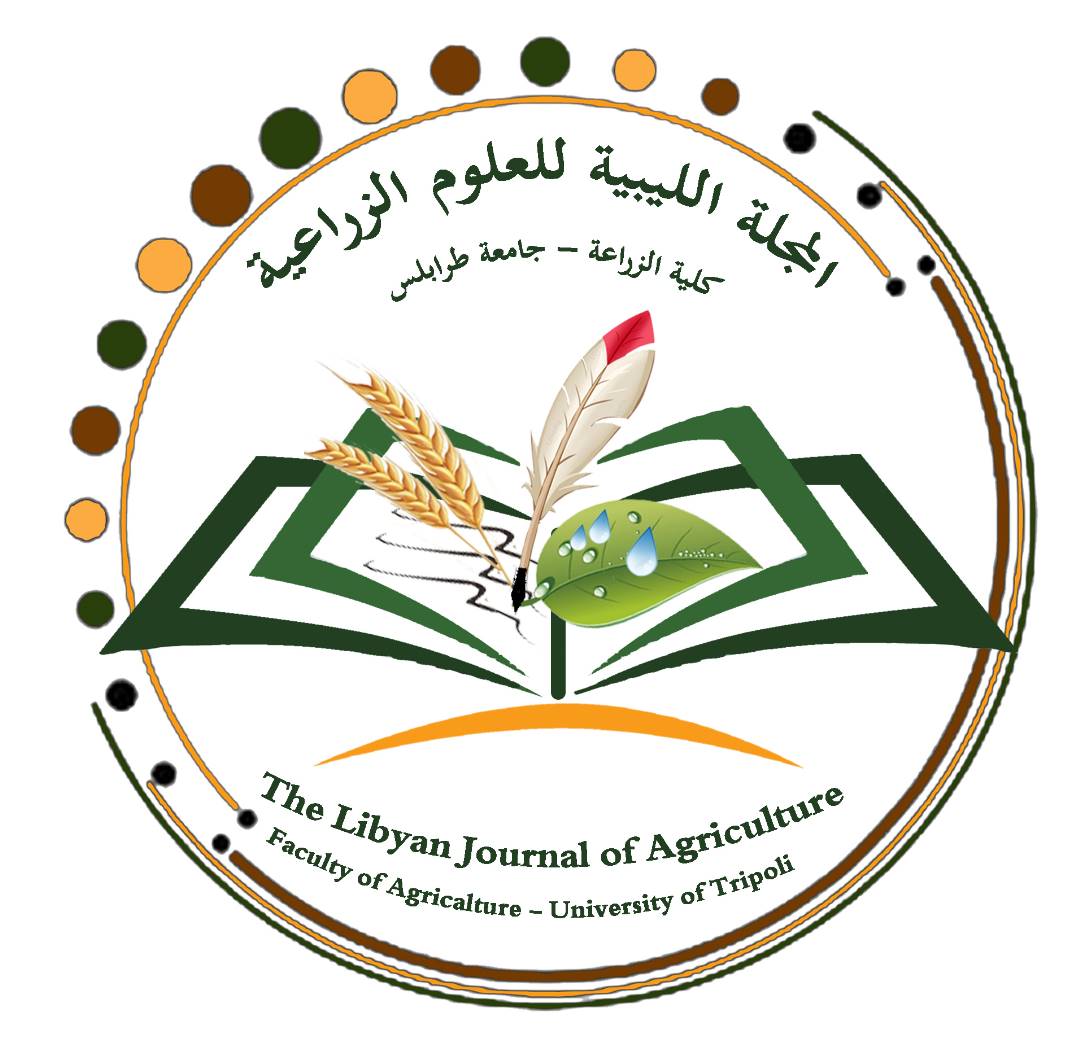أعراض اصابة ثمار الفلفل بآفات من الذباب ومكافحتها بمعاملة التربة
محتوى المقالة الرئيسي
الملخص
يصيب ثمار الفلفل نوعان من الذباب هما ذبابة لونشا أوريا وذبابة فاكهة البحر المتوسط سيراتيتس كابيتانا التي تحفر يرقاتها داخل أنسجة الثمار، ويعيش نوع واحد فقط داخل الثمرة ولا تصاب الثمار الصغيرة الا بعد أن يبلغ طولها 3.5 سم وقطرها 2.5 سم. وتحتفظ الثمار المصابة بذبابة فاكهة البحر المتوسط بشكلها وتماسكها بينما تصبح الثمار المصابة بيرقات لونشيا لينة ومائية.
تفاصيل المقالة
كيفية الاقتباس
AHMED, M. K. . (2023). أعراض اصابة ثمار الفلفل بآفات من الذباب ومكافحتها بمعاملة التربة. المجلة الليبية للعلوم الزراعية, 10(1). استرجع في من https://uot.edu.ly/journals/index.php/ljagric/article/view/522
القسم
Articles

